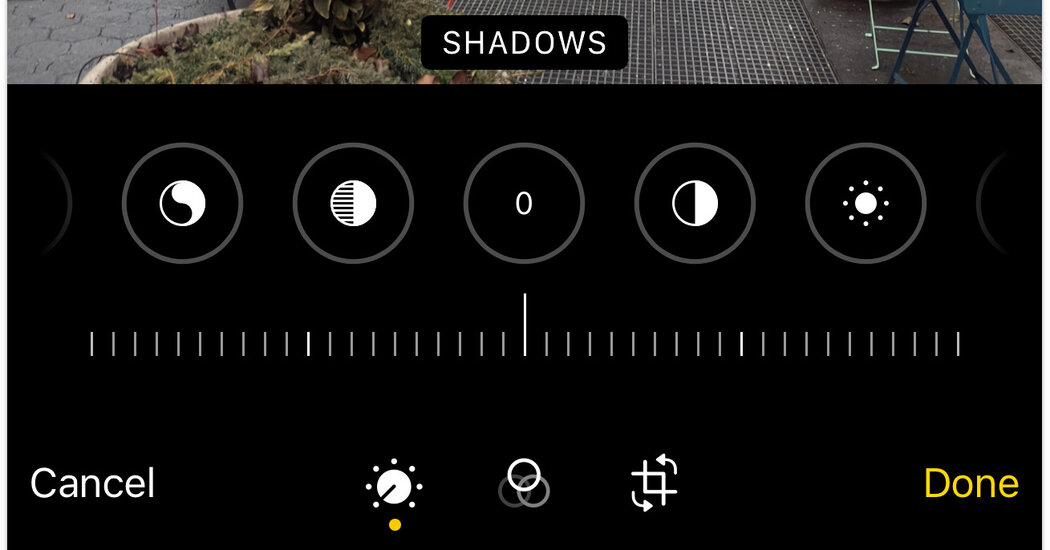Google Promised to Defund Climate Lies, but the Ads Keep Coming
In October 2021, Google promised to stop placing ads alongside content that denied the existence and causes of climate change, so that purveyors of the false claims could no longer make money on its platforms, including YouTube.
And yet if you recently clicked on a YouTube video titled “who is Leonardo DiCaprio,” you might have found a ramble of claims that climate change is a hoax and the world is cooling after a Paramount+ ad for the film “80 for Brady,” starring Lily Tomlin, Jane Fonda, Sally Field and Rita Moreno.
Before another video that purported to detail “how climate activists distort the evidence,” some users saw an ad for Alaska Airlines.
These are not aberrations, according to a coalition of environmental organizations and the Center for Countering Digital Hate. In a report released on Tuesday, researchers from the organizations accused YouTube of continuing to profit from videos that portrayed the changing climate as a hoax or exaggeration.
They found 100 videos, viewed at least 18 million times in total, that violated Google’s own policy. They found videos accompanied by ads for other major brands like Adobe, Costco, Calvin Klein, and Politico. Even an ad for Google’s search engine popped up before a video that claimed there was no scientific consensus about the changing climate.
“It really begs the question about what Google’s current level of enforcement is,” Callum Hood, the head of research at the Center for Countering Digital Hate, said in an interview.
It is difficult to assess the full extent of misinformation on YouTube, researchers said, because watching videos is time-intensive work and they have limited data access, leaving them to rely on laboriously searching the platform with keywords. “I think it’s fair to say it’s probably the tip of the iceberg,” Mr. Hood added, referring to what they had found.
Ms. Fonda, who runs a political action committee devoted to fighting climate change, said in a statement that it was “abhorrent that YouTube would violate its own policy” by running climate hoax videos with ads, giving the content further validity while “the earth is burning.”
“I am appalled that an ad for one of my movies appears on one of those videos, and hope YouTube stops this practice immediately,” Ms. Fonda said.
Ads for Grubhub, the food-delivery service, appeared before climate-denial videos numerous times, The New York Times found. A Grubhub spokeswoman said that the company was working with YouTube and other partners to “prevent Grubhub ads from appearing alongside content that promotes misinformation.”
Michael Aciman, a YouTube spokesman, said in a statement that the company allowed “policy debate or discussions of climate-related initiatives, but when content crosses the line to climate change denial, we remove ads from serving on those videos.”
Mr. Aciman said that while “we enforce this policy rigorously, our enforcement is not always perfect, and we are constantly working to improve our systems to better detect and remove policy violating content. That’s why we welcome feedback from third parties when they think we’ve missed something.”
He added that YouTube removed ads from several videos that the researchers flagged, including the one that promoted “80 for Brady.”
As misinformation has grown into a greater scourge online, YouTube has tried to balance its desire to be an open platform for diverse views with an interest in serving users proven facts on important topics. In recent years, the platform clamped down on the lie that the 2020 presidential election was stolen and false claims about vaccines.
In 2021, when the company changed its rules on climate change, it said that advertisers and publishing partners had grown increasingly uncomfortable appearing alongside inaccurate climate content.
Google’s policy applies to content that refers to climate change as a hoax or a scam, denies the long-term trend that the climate is warming, or denies that greenhouse gas emissions or human activity are contributing to climate change.
Under some of the climate videos that researchers found — some with ads and some without — YouTube had a “context” box with authoritative information, signaling that it knew the videos featured false or at least disputed claims. “Climate change refers to long-term shifts in temperatures and weather patterns, mainly caused by human activities, especially the burning of fossil fuels,” YouTube wrote, while linking to a United Nations site on the topic.
The research by the Center for Countering Digital Hate and Climate Action Against Disinformation, an international coalition of more than 50 environmental advocacy groups, suggested that YouTube had overlooked or ignored violative content. They identified another 100 videos that did not explicitly violate Google’s policies, but met a broader definition of climate disinformation that should also be covered.
“This demonstrates that YouTube is currently profiting from a much broader range of climate disinformation than is covered by its narrowly drawn policies,” the report said.
The videos the group cited come from a variety of sources, including pundits, podcasters and advocacy groups.
They also included industry giants like Exxon Mobil, which has been accused of “greenwashing” its contribution to carbon emissions, though its videos did not explicitly violate YouTube’s policies; and mainstream conservative media like Fox News, whose videos sometimes did. (In one, Fox’s recently fired anchor Tucker Carlson dismissed the fight against climate change as “a coordinated effort by the government of China to hobble the U.S. and the West and take its place as the leader of the world.”)
Exxon Mobil and Fox did not immediately respond to a request for comment
Almost all the videos featured ads, the researchers found, which meant YouTube was generating revenue from the content and, in some instances, may have paid creators for the videos. The placement of ads is an automated process. The platform’s videos are often targeted for particular viewers, meaning that different users will see different commercials before the same video plays.
Creators can receive compensation from YouTube as members of the company’s partner program, after they accumulate 1,000 subscribers and users watch 4,000 hours of their videos. It was unclear how many videos featuring climate misinformation were from creators in the program.
“What makes YouTube especially dangerous is that they profit share per video,” said Claire Atkin, a co-founder of Check My Ads, an advocacy group that studies advertising online and was not involved in the research. “When someone posts this information to Facebook, they don’t make money, but when someone posts a video to YouTube, they have the opportunity to make a full salary on disinformation.”
She said that YouTube was a powerful force for radicalizing people online and needed to work harder to govern content on its platform. “The fact that they haven’t changed that, that they are still funding — not promoting, funding — by sending advertisers to sponsor climate change disinformation is yet another proof point of their ineptitude.”


